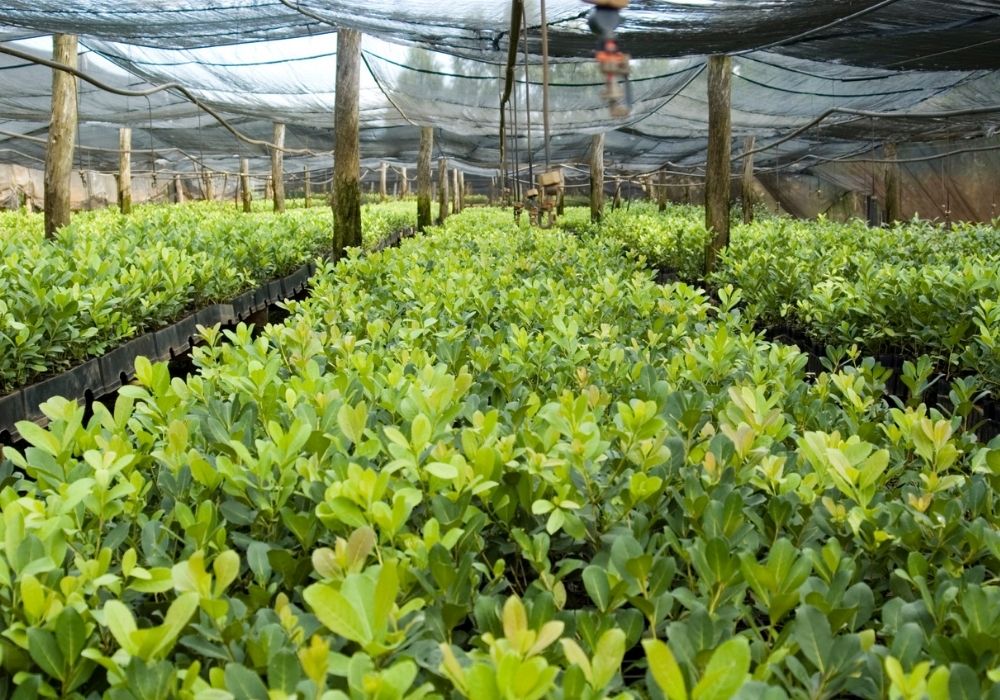Intro
In a world that is increasingly concerned with ecological sustainability, it is essential to explore the environmental impact of various products, including those we consume daily. Yerba mate, a traditional South American beverage, has gained popularity worldwide for its unique taste and health benefits. Yet, many consumers remain unaware of the ecological considerations involved in the production, consumption, and disposal of yerba mate. This article aims to shed light on the ecological footprint of yerba mate and highlight brands that are making conscious efforts to be net zero emissions. We will also provide tips on how to buy yerba mate in an environmentally friendly manner and how to recycle yerba mate waste, such as through vermicomposting.
Yerba Mate and its Origins
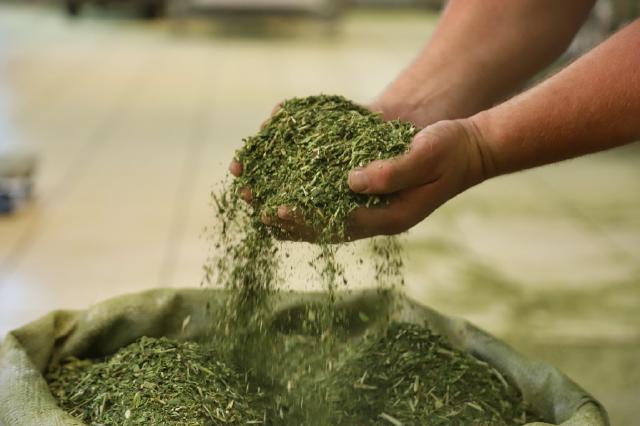
Yerba mate
Yerba mate, often simply referred to as “mate,” is a beverage made from the leaves of the Ilex paraguariensis plant, native to South America. Its history dates back to indigenous cultures like the Guarani and Tupi peoples, who revered it for its energy-boosting properties and rich cultural significance. Traditionally, mate is prepared by steeping the dried leaves in hot water and consumed from a hollowed-out gourd with a metal straw, known as a “bombilla.”
You can try our quiz to improve/test your knowledge of Yerba Mate!
Ecological Impact of Yerba Mate Production
Yerba mate production can have both positive and negative ecological effects, depending on various factors. On the positive side, mate cultivation often occurs in the shade of native trees, which helps conserve biodiversity and maintain the health of the local ecosystem. Furthermore, mate plants themselves contribute to the sequestration of carbon dioxide and help reduce soil erosion.
However, the use of agrochemicals, monoculture farming, and deforestation can harm the environment. Mate producers must adopt sustainable practices, such as organic farming, shade-grown cultivation, and reforestation efforts to minimize the negative impact on ecosystems.
Agrochemicals
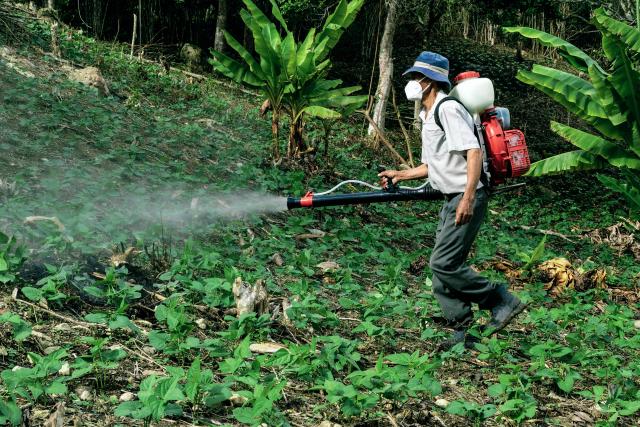
Man Spraying Pesticides in Wood Photo by Gilmer Diaz Estela
Agrochemicals, such as pesticides and fertilizers, are sometimes used in yerba mate cultivation to boost crop yield and protect plants from pests and diseases. However, the overuse and improper handling of these chemicals can harm the environment in several ways:
-
Pesticide Pollution: Excessive pesticide use can lead to water contamination, affecting local aquatic ecosystems and potentially causing harm to non-target species.
-
Soil Degradation: The use of synthetic fertilizers can lead to soil degradation, reducing its long-term fertility and contributing to erosion.
To mitigate these ecological concerns, sustainable yerba mate producers are adopting integrated pest management (IPM) techniques, which aim to minimize pesticide use through natural predators and biological controls, reducing the overall environmental impact.
Monoculture Farming
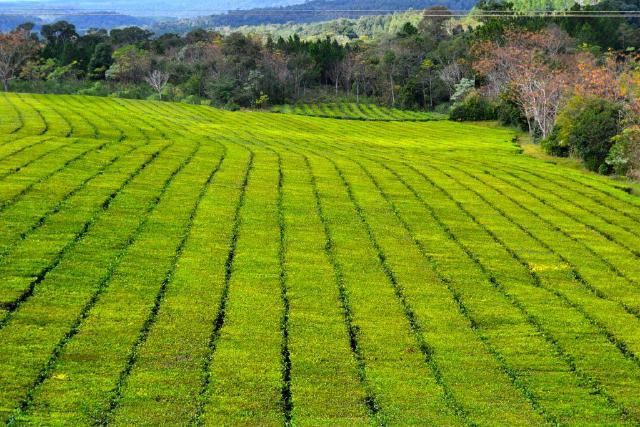
Big monoculture field of Yerba Mate
Monoculture farming, the practice of growing a single crop over extensive areas, is a concern in yerba mate production due to its potential ecological implications:
-
Biodiversity Loss: Monoculture plantations can lead to the loss of native flora and fauna, as they provide limited habitats for various species.
-
Increased Pest Pressure: Monoculture systems are more susceptible to pest infestations, which may lead to higher chemical pesticide use.
To counteract these issues, some yerba mate producers are shifting towards diversified agroforestry systems, where mate plants coexist with native and complementary crops, promoting a healthier and more ecologically balanced environment.
Deforestation
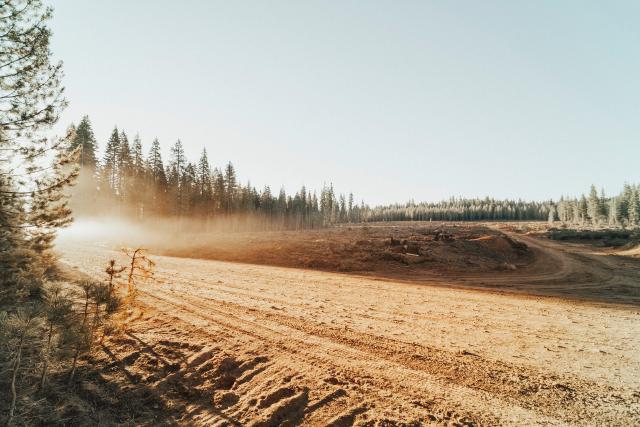
Deforestation in Chester, CA, USA Photo by roya ann miller
One of the most alarming ecological concerns associated with yerba mate production is deforestation. This practice involves clearing large areas of natural forests to make way for yerba mate plantations, which can have catastrophic effects on the environment:
-
Habitat Destruction: Deforestation disrupts natural habitats and can lead to the displacement or extinction of indigenous species.
-
Carbon Emissions: The removal of forests contributes to the release of stored carbon dioxide, intensifying climate change.
In response to these concerns, some yerba mate producers are committed to reforestation efforts, planting native trees alongside mate crops, which helps offset carbon emissions and preserve biodiversity.
It is evident that the ecological impact of yerba mate production is multifaceted and depends on various practices employed by different producers. Consumers can support environmentally responsible brands that prioritize sustainable agriculture, responsible sourcing, and habitat preservation, helping to mitigate the negative consequences of agrochemical use, monoculture farming, and deforestation in the yerba mate industry.
Brands Striving for Net Zero Emissions

Logo of certified B Corporations
In recent years, several yerba mate brands have taken significant steps to reduce their ecological footprint and become net zero emissions companies. These brands are focusing on sustainability through initiatives like carbon-neutral production, responsible sourcing, and waste reduction. Guayakí, for example, is a certified B Corporation that places a strong emphasis on regenerative agriculture and has set ambitious goals for carbon neutrality. By supporting such brands, consumers can play a part in promoting sustainable agriculture and responsible business practices.
Tips for Buying Yerba Mate Ecologically
-
Choose Certified Organic: Look for yerba mate products that are certified organic, as they are more likely to be produced using sustainable and eco-friendly practices.
-
Support Fair Trade: Opt for brands that participate in fair trade initiatives, ensuring that the workers involved in the production of yerba mate receive fair wages and work in ethical conditions.
-
Shade-Grown Mate: When possible, select yerba mate labeled as “shade-grown,” as it is less likely to contribute to deforestation and supports biodiversity.
-
Buy in Bulk: Reducing packaging waste is an ecological choice. Purchase yerba mate in bulk and use reusable containers.
Recycling Yerba Mate Waste
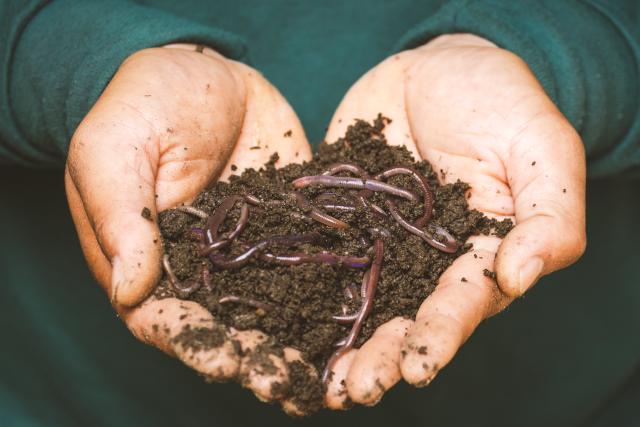
Look at those cuties! Earthworms on a Persons Hand Photo by Sippakorn Yamkasikorn
One of the most environmentally responsible ways to handle yerba mate waste is through vermicomposting. Vermicomposting is a process that utilizes worms to break down organic materials, turning them into nutrient-rich compost. Here’s how to do it:
-
Collect Mate Residue: After enjoying your yerba mate, collect the used leaves and place them in a dedicated container.
-
Prepare a Vermicompost Bin: Set up a vermicompost bin with appropriate bedding, such as shredded newspaper or cardboard. Add the yerba mate waste to the bin.
-
Introduce Worms: Add composting worms, such as red wigglers, to the bin. They will consume the yerba mate waste and transform it into valuable compost.
-
Harvest the Compost: Once the worms have processed the yerba mate waste, harvest the nutrient-rich compost for use in your garden or potted plants.
Take a quiz!
Conclusion
In conclusion, yerba mate has a diverse ecological impact depending on how it is produced, used, and disposed of. Consumers have the power to make environmentally responsible choices when selecting yerba mate products and supporting brands committed to sustainability. By implementing practices like vermicomposting, we can minimize waste and turn yerba mate residues into a valuable resource for our gardens. Ultimately, with awareness and conscious choices, we can ensure that our enjoyment of yerba mate aligns with our commitment to ecological responsibility.
